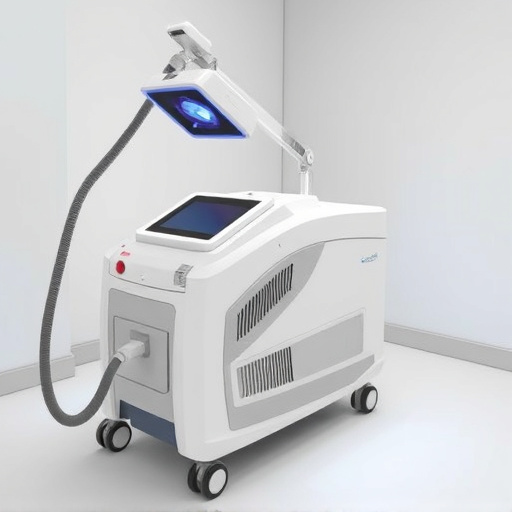Car enthusiasts planning DIY air intake installations must use vehicle-specific guides, as universal instructions may not meet their car's unique needs. Different cars require specific filter types, pipe sizes, and mounting points. Proper research ensures compatibility, prevents damage, and optimizes performance gains. Always refer to detailed DIY air intake installation guides tailored to your make and model, and be aware of potential modifications for best results.
“Avoiding Common Pitfalls in Your DIY Air Intake Installation: A Comprehensive Guide
Upgrading your vehicle’s air intake system can boost performance and efficiency, but many DIY enthusiasts fall prey to critical mistakes. This guide highlights essential aspects often overlooked during the installation process. We’ll walk you through understanding your vehicle’s unique requirements, ensuring precise measurement and compatible parts to avoid leaks or suboptimal performance. Furthermore, we emphasize the importance of post-installation checks and regular maintenance to safeguard against unexpected issues and ensure a seamless DIY air intake installation.”
- Misunderstanding Your Vehicle's Requirements
- – Omitting research specific to your vehicle model and year
- – Ignoring air intake compatibility and potential engine modifications
Misunderstanding Your Vehicle's Requirements

Many car enthusiasts embark on DIY projects, such as installing a new air intake system, with high hopes for improved performance. However, one common mistake is misjudging your vehicle’s specific needs. Not all cars are created equal, and what works for one model might not be suitable for another. A thorough understanding of your vehicle’s make, model, and year is crucial before attempting any modifications. This includes knowing the unique requirements of your engine, as different vehicles have varying air intake specifications.
For instance, a DIY air intake installation guide might offer universal instructions, but these often fail to account for the subtle differences in air filters, pipe sizes, and mounting points across models. It’s essential to consult vehicle-specific guides or seek advice from automotive experts to ensure compatibility and avoid potential damage to your engine. By tailoring your modifications to your car’s requirements, you can maximize performance gains and prevent costly repairs.
– Omitting research specific to your vehicle model and year

When considering a DIY air intake installation, one common pitfall many enthusiasts fall into is overlooking the importance of detailed research specific to their vehicle model and year. Each car has unique characteristics, and what works for one might not be suitable for another. Failing to research can lead to poor performance or even damage to your vehicle. A thorough understanding of your make and model ensures that you choose the right air intake system, compatible with your engine and other components.
This is where a comprehensive DIY air intake installation guide becomes invaluable. Such guides, tailored to specific vehicles, provide step-by-step instructions, ensuring that every detail, from compatibility checks to potential modifications, is considered. By following these guides, you can avoid common mistakes, optimize your vehicle’s airflow, and potentially enhance its overall performance.
– Ignoring air intake compatibility and potential engine modifications

When considering a DIY air intake installation, one common pitfall is overlooking the compatibility with your vehicle’s engine and potential modifications required. Not all air intakes are created equal; each car model has unique specifications, especially in terms of airflow and clearance. Using an incompatible air intake can lead to reduced performance or even damage to your engine components. Always refer to a detailed DIY air intake installation guide specific to your vehicle make and model to ensure you choose the right fitment.
Additionally, certain engine modifications might be necessary to accommodate a new air intake system. These changes could involve adjusting the timing, recalibrating fuel injection settings, or even upgrading other components like sensors and wiring. Ignoring these potential modifications can result in suboptimal engine performance or failure to reach the expected power gains. A comprehensive guide should also account for these requirements, ensuring you’re prepared for any necessary adjustments during your DIY air intake installation process.
When tackling a DIY air intake installation, understanding your vehicle’s unique requirements is paramount. Avoid common pitfalls by conducting thorough research specific to your model and year, considering potential engine modifications, and ensuring compatibility with your air intake system. With the right knowledge and preparation, you’ll not only enhance your vehicle’s performance but also enjoy a smooth, successful installation process. Refer to our comprehensive DIY air intake installation guide for detailed steps to ensure optimal results.














